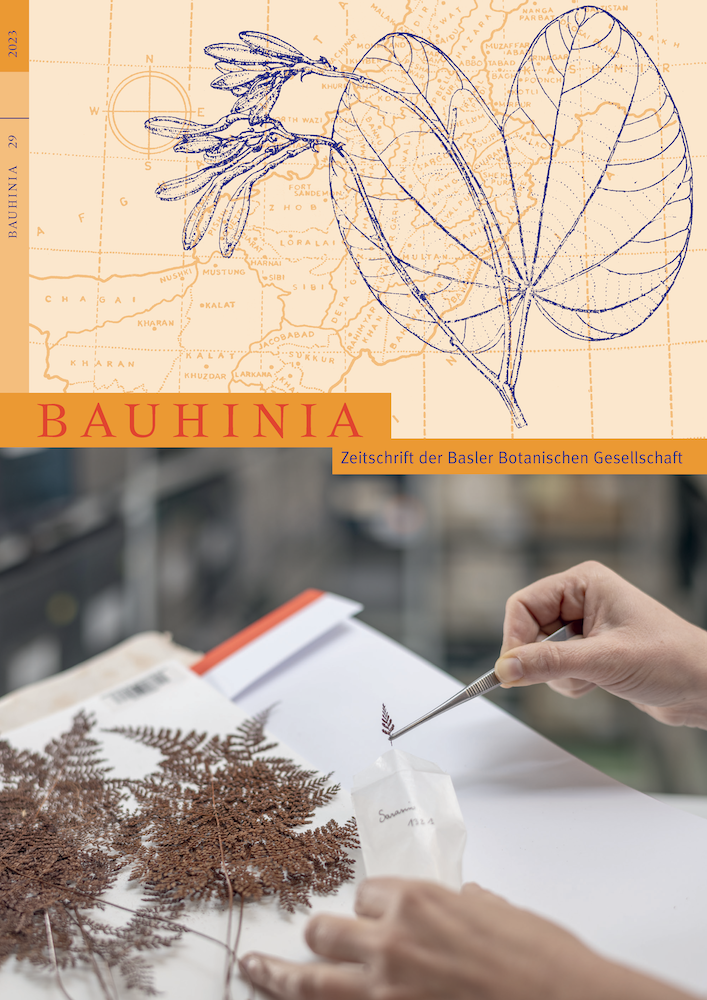Abstract
Biodiversity specimen collectors are on the front lines of observing biotic anomalies, some of which herald early stages of significant changes (e.g., the arrival of a new disease; Pearson and Mast 2019). Online data sharing has opened new possibilities for the discovery of anomaly descriptions on collectors’ labels, but it remains a challenge to find these needles in the haystack of many millions of specimen records available at aggregators like iDigBio and Global Biodiversity Information Facility. In a recent community survey, over 200 collectors identified 170 unique words and phrases (e.g., atypical) that they would use to describe six types of anomaly (Pearson and Mast 2019). Left unanswered was the relative efficiency with which anomaly descriptions can be found using the simple presence of these words. Here, we address that question with a focus on one type of anomaly (phenological; related to the timing of life history
events) and ask a second question: can we further improve the efficiency of anomaly description discovery by engaging artificial intelligence (AI)?

Dieses Werk steht unter der Lizenz Creative Commons Namensnennung 4.0 International.
Copyright (c) 2023 Austin Mast, Shubo Tian, Zhe He, Erica Krimmel, Fritz Pichardo-Marcano, Mikayla Buckley, Sophia Gomez, Ashley Hennessey, Allyson Horn, Olivia Howell

